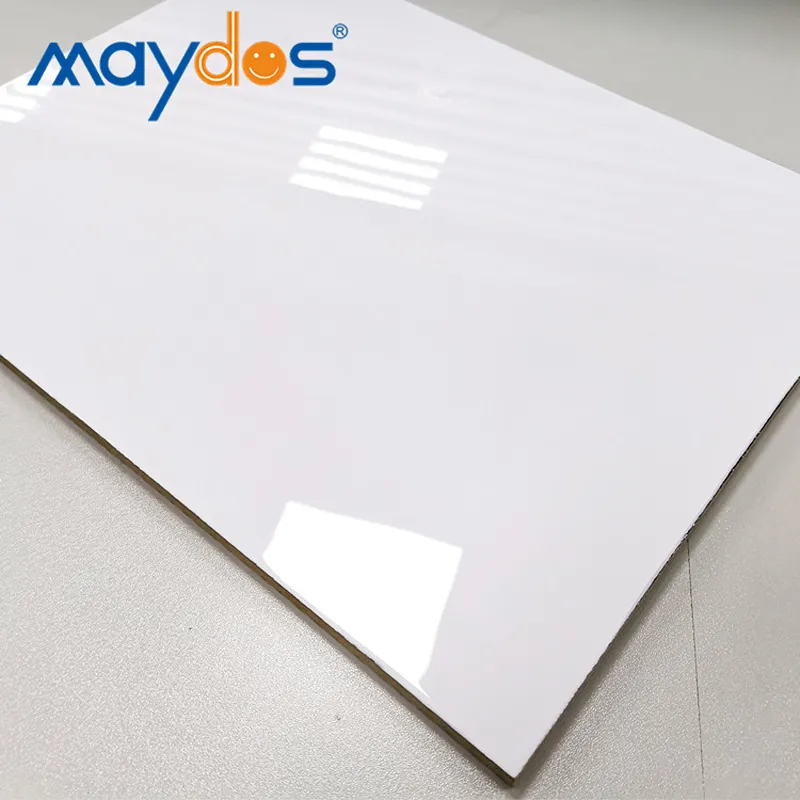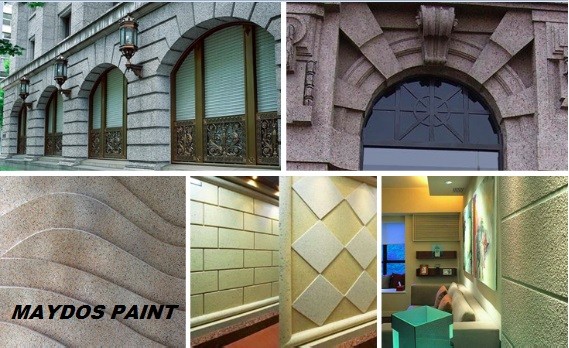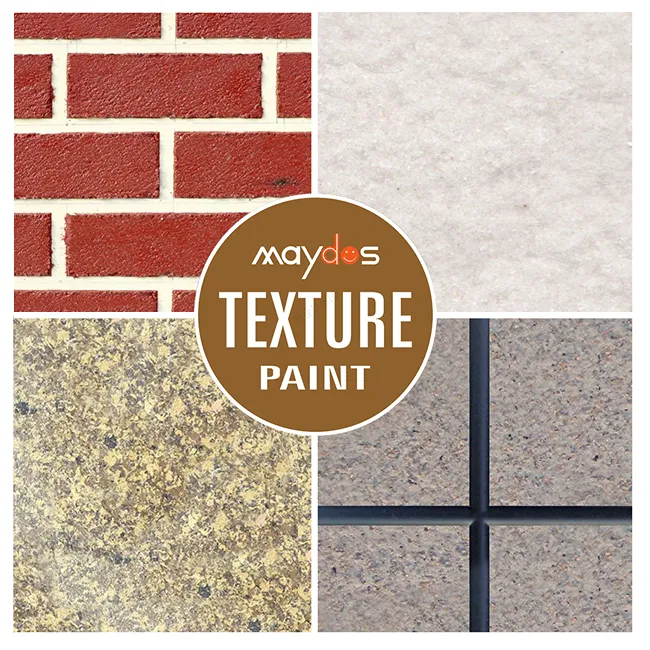Wood Paint
Wood paint is a liquid that contains pigment, a binder, and a carrier/solvent. It works to protect the surface of wood while also giving it a decorative look.
Many people choose to paint their wood to make it last longer and to revivify its appearance. It also gives it more value if you plan to sell it in the future.
Acrylic paint
Acrylic paint is a type of paint that can be used on many different types of wood. It is a water-based paint that dries quickly and easily. It is also non-toxic and safe to use.
It is important to prepare the wood before painting it. This will ensure that the paint is applied properly and that it will last longer. It is best to start the process by cleaning the wood and sanding it. Then, you can choose a primer that will help the paint adhere to the surface and keep it looking its best for longer.
Another step that is essential for painting on wood is sealing it. This will protect it from moisture damage and bugs that can make their way into tiny cracks in the wood. It will also help the paint to stick more tightly and evenly.
This step is usually done with a water-based primer called gesso. Gesso is made from fine sand-like elements and dries matt to provide a surface that acrylic paint can grip on to more easily and effectively. It is also less likely to yellow or lose its luster over time.
To seal the wood, you can use a varnish specifically designed for acrylic painting. You should let the varnish dry completely before applying more coats of it.
It is important to choose a high-quality brush for painting on wood. The brush should have soft and flexible bristles that can carry a good amount of paint. Using a brush of a lower quality will result in defects like marks, lines, and dripping.
Moreover, you should try to paint on a smooth surface, especially when working with wood logs or pieces from old barns. These can have different textures, and the paint might not be able to penetrate it all.
You can also apply a layer of sealant on top of the paint to prevent scratches and other light damage. This will enhance the longevity of the wood piece and make it easier to clean and maintain.
The process of painting on wood is very similar to that of painting on canvas, except that the wood might be a bit heavier than canvas. It might be a little difficult to hang the pieces, so it is best to frame them first.
Primer
Before you start painting on a piece of wood, it’s important to prepare the surface. Priming ensures that the paint adheres properly, and it helps to smooth out imperfections in the wood. It also helps to seal the wood and prevent moisture from absorbing into the paint.
There are many different types of primers, so it’s best to choose a product that works well for the type of wood you’re using. Some of the most popular wood primers include Gesso and KILZ Premium Wood Primer.
Another option is to use a spray-on wood primer. This makes the process much easier, and it can save you time.
Once you’ve applied the primer, it’s important to wait for the entire primer to dry. Then, you can apply a coat of paint. It’s also important to make sure each layer of paint is completely dry before you add a new one.
The reason for this is that it’s not a good idea to have wet paint on a porous wood surface, because the pores will soak up the paint and warp the surface. This can lead to problems with a finished project, and it could require multiple coats of paint.
In addition, some woods, including cedar and redwood, have water-soluble tannins that leach out into the topcoats, causing brown discolorations. These stains are unsightly and can even stain surrounding areas. To prevent these stains, you can use alkyd or stain-blocking acrylic latex primers to bind the tannins.
When priming woods, it’s important to choose a high-quality primer. You can find them in the paint section of your local store or online.
For example, the DecoArt Wood Primer and Sealer is a great choice. It’s a combination primer and sealer that’s easy to apply, and it can save you time on your next wood painting project.
You can also use a spray-on primer, which is a lot easier than applying it with a brush. It can save you time, too, since it dries in just minutes. It’s also safe to use, as it’s AP Certified and non-toxic.
Sealant
If you’re going to paint on wood with acrylics, it is a good idea to get some type of sealant first. This is an important step that will protect the surface of your project from harmful elements like water, sunlight, and chemicals. It will also help prevent cracks and splinters.
There are many different types of sealants available, so it’s important to know what to look for before you start shopping. Here are a few things to keep in mind when selecting a sealant for your art project:
One of the most popular types of sealants used on wood projects is PVA glue. This product works as a barrier between the raw wood and the color being applied, which reduces the possibility of Support Induced Discoloration (SID).
The benefits of sealing your wood with a PVA glue-based product are numerous. The main reason to use a sealant is that it will make painting on wood with acrylics much easier.
Another benefit of using a sealant is that it will help you create a smooth surface on your wooden panels. It will also help your paint stick better and last longer.
Whether you choose to use a PVA glue or some other sealant, the most important thing to remember is to follow the manufacturer’s instructions carefully. Some sealants may need to be applied with a primer to ensure they have a strong bond with the wood.
Other sealants you can consider are polycrylic, water-based polyurethane, and furniture wax or wax-based. These products can be applied to both finished and unfinished wood surfaces. They can give your wood project a glossy or matte finish, depending on your preferences.
It is important to select a product that will suit your needs and style. It is also a good idea to ask your local hardware store about which products would be best for your particular project. It is also important to understand the application methods that each product offers so that you can be sure that you’re using it properly.
Painting
Wood is one of the most popular materials for decorating, especially because it can be stained and painted to achieve any desired effect. Painting also protects the wood from moisture, fungi, and sun damage.
Before you paint wood, you need to ensure that the surface is clean and free from any rust or stains. You may also want to sand the wood before painting. This helps the paint adhere to it better and creates a smooth, professional-looking surface.
Using paint to decorate wooden furniture is a great way to add color and personality to your home, while making the pieces more durable and affordable. Some paints even improve indoor air quality by reducing harmful volatile organic compounds (VOCs).
The paint comes in different sheens, so you can choose the type that best suits your home decor. However, it is important to note that wood is susceptible to rot and UV rays, so you should take extra care to apply the paint carefully and seal it properly.
Oil-based wood paint, often referred to as alkyd, is made from colored pigments suspended in linseed oil or some other thinning solvent that is primarily petroleum-based. These paints are the most durable types of wood paints. They are a little more expensive than water-based paints, but they are very environmentally friendly and resistant to frost, wind, moisture, high temperatures, and ultraviolet radiation.
Acrylic wood paint is a less expensive alternative to oil-based paints. They are also eco-friendly, flexible, and don’t have a harsh smell. They are also very easy to apply and come in a wide variety of colors.
Another advantage of painting wood is that it can increase the value of your home or wooden art pieces. This is because painted wood is easy to maintain and can be sprayed with various colors and sheens.
Old wood is more prone to damage than new lumber, so you need to prepare it thoroughly before painting it. This includes removing all the dents and rots and replacing damaged parts. You also need to remove any previous coats of paint or varnish before applying a fresh one.





















